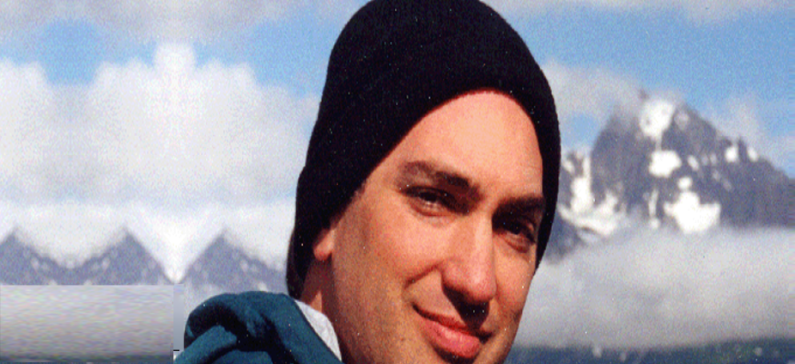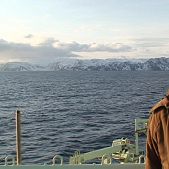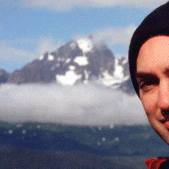
Developing and applying technology to sense marine life
Nicholas Makris is an MIT Professor of Mechanical and Ocean Engineering and Director of the Laboratory for Undersea Remote Sensing. His research interest focus mainly on ocean exploration, undersea remote sensing of marine life and geophysical phenomena, musical instrument acoustics and evolution, and more.
Makris got his bachelor of Science in Physics in 1983 in the Massachusetts Institute of Technology and carried on with his Ph.D. in Ocean Engineering in 1991, again in MIT, while from 1991 to 1997 he worked in the Naval Research Laboratory in Washington. He has won many honors and awards throughout his career as a Chief Scientist.
What is really interesting is a study conducted by Makris, concerning the acoustic power of violins. Makris didn’t originally set out to study violin acoustics: His work is primarily in ocean exploration with acoustics, developing and applying technology to sense marine life and ocean phenomenon over large areas. But about a decade ago, he took up a new hobby, playing the lute. “I’m an acoustics expert, but promised myself I wouldn’t think about the acoustics of the instrument, I’m just going to play the thing,” Makris remembers.
That thinking didn’t last long, as Makris started talking with lutemakers and players in an effort to better understand the instrument — which was once Europe’s most popular, but became effectively extinct for centuries before its recent re-emergence.
Makris’ team found that the overall shape of the violin’s ancestors slowly evolved to be more powerful and more acoustically efficient — though not necessarily by design.
“We think these changes are still within the possibility of natural mutation,” Makris says.
Makris says the group’s results may be useful for master violinmakers looking to design more powerful, fuller-sounding instruments — although he acknowledges that there’s more to producing a quality violin than adjusting a few parameters.
“Mystery is good, and there’s magic in violinmaking,” Makris says. “Some makers, I don’t know how they do it — it’s an art form. They have their techniques and methods. But here, for us, it’s good to understand scientifically as much as you can.”









